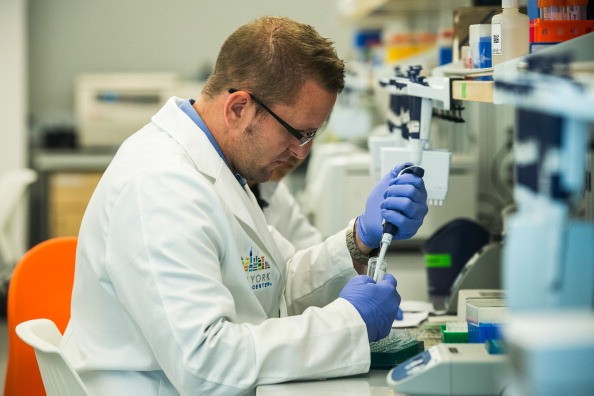
Researchers at the University of Copenhagen have discovered another long-standing function of histones - which is of paramount importance in the design of effective treatments for diseases caused by genetic changes, such as cancer and immune deficiency syndrome.
Histones are protein 'coils' around which DNA winds itself and condenses into a chromosome. DNA strands are lengthy but through the help of these proteins, the cells are able to contain them inside their nuclei despite their size being so small.
There are actually five families of histones, four of which are called core histones and the remaining group as the linker histones. Their specific roles in gene expression and DNA repair are well described in the literature, except for the fifth histone, Histone H1, which not much about it is well understood by scientists.
Researchers at the Novo Nordisk Foundation Center for Protein Research (NNFCPR) used mass spectrometer to examine these histones further. They were able to discover another role of H1 histones in the cells, and that is to call for functional proteins to repair DNA damage and prevent alteration of the genetic code.
"In international research, the primary focus has been on the core histones and their functionality, whereas little attention has been paid to the H1 histone, simply because we weren't aware that it too influenced the repair process," says Professor Niels Mainland from the Faculty of Health and Medical Science of NNFCPR, and one of the investigators, in a press release.
Mainland further elaborated that having discovered the function of H1 histones constitutes an important piece of the puzzle of how cells protect their DNA. With this breakthrough, there are surely another series of studies lying ahead, with several exciting knowledge to be acquired. This includes understanding the abilities of cells in repairing DNA, and creating potential treatments for the diseases caused by cellular changes, such as cancer.
The findings are published in the journal Nature.

